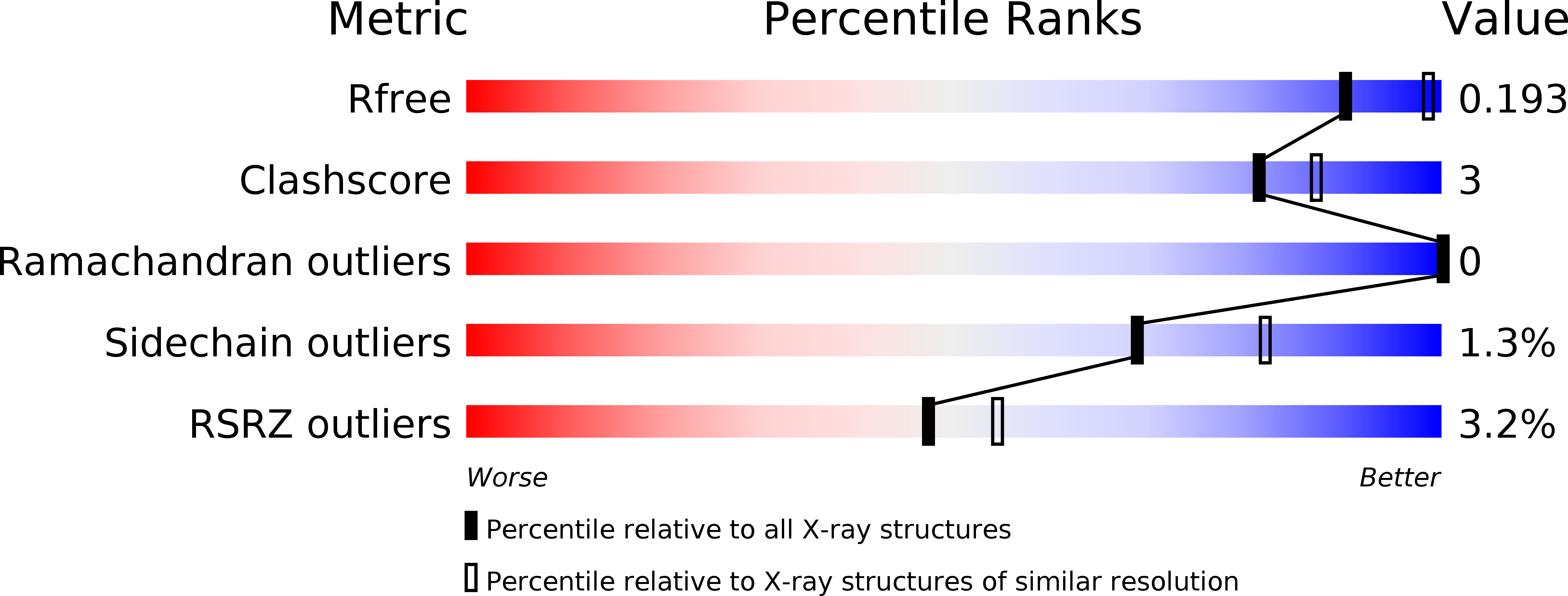
Deposition Date
2011-08-26
Release Date
2012-10-10
Last Version Date
2024-02-28
Entry Detail
PDB ID:
3TKJ
Keywords:
Title:
Crystal Structure of Human Asparaginase-like Protein 1 Thr168Ala
Biological Source:
Source Organism:
Homo sapiens (Taxon ID: 9606)
Host Organism:
Method Details:
Experimental Method:
Resolution:
2.30 Å
R-Value Free:
0.19
R-Value Work:
0.16
R-Value Observed:
0.16
Space Group:
C 2 2 21


